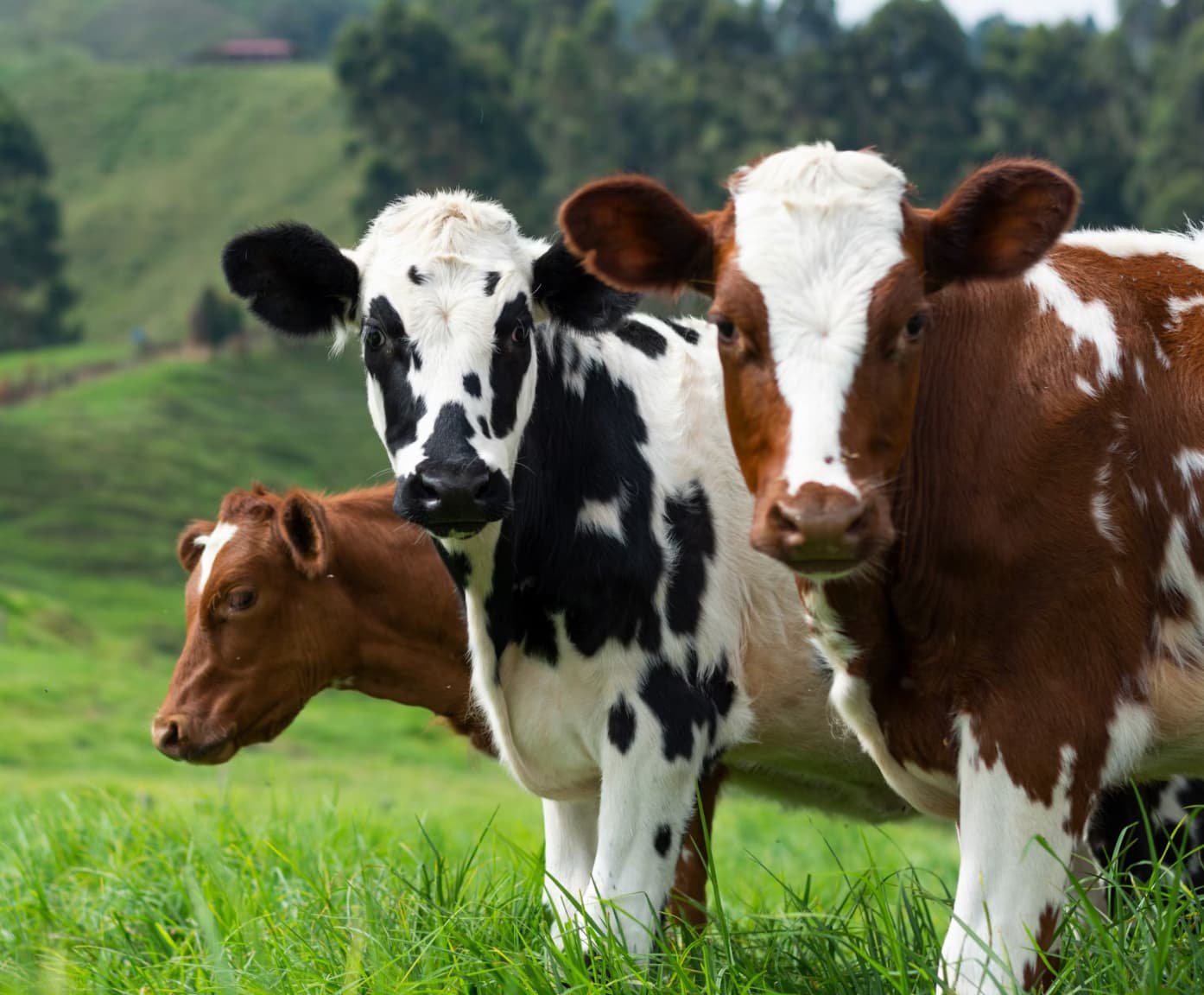TABLE OF CONTENTS
Classification of Placenta Based on Degree of Contact Between Chorionic Villi and Endometrium
Classification of placenta based on degree of contact between chorionic villi and endometrium are deciduate, indeciduate, adventitious, amniotic plaques, hippomanes and cervical star etc.
Deciduate or Conjoined or Placenta Vera
Deciduate or conjoined or placenta vera seen in man and rodents and in a slightly modified form in the dog and cat.
In this type, the decidua composed of portions of the maternal epithelium or endothelium, submucosa, decidual cells and the fetal placenta are shed at parturition leaving the portion of the endometrium denuded.
Indeciduate or Adeciduate
Indeciduate or adeciduate type of placenta seen in swine, horses and ruminants.
In this type, the fetal membranes and placenta are expelled at the time of parturition, leaving the endometrium intact except in ruminants in which only the surfaces of the carancles are devoid of epithelium after the caruncles sloughs about 6-10 days following parturition.
Adventitious Placenta
The endometrium between the caruncles is called inter-caruncular endometrium and the fetal placenta between the cotyledons is called the inter-cotyledonary placenta. This area normally does not take part in placental functions once the placentomes are formed.
Sometime, because of uterine disease or lack of placentomes, primitive placental structures simulating a diffuse placenta which develops in this area between allantois chorion and the endometrium. These are called adventitious placenta or accessory placentomes.



